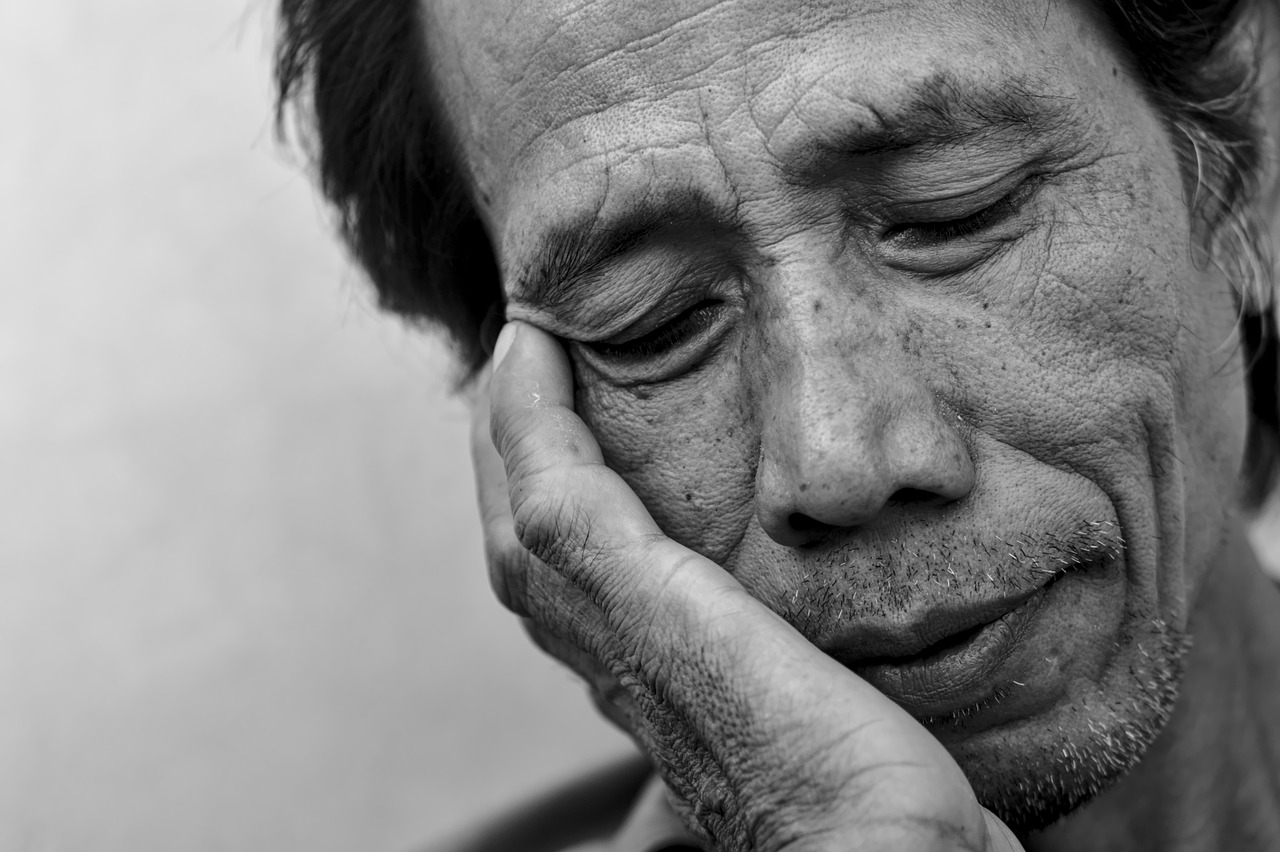“`html
Sexual arousal is a complex and multifaceted aspect of human sexuality that affects individuals across all demographics. Understanding what drives sexual arousal can enhance personal well-being, improve intimate relationships, and contribute to a healthier approach to sexual health. In this blog post, we will explore the definitions, physiological mechanisms, psychological influences, and practical tips related to sexual arousal. Let’s dive into this captivating topic!
What Is Sexual Arousal?
Sexual arousal refers to the physiological and psychological state of excitement or responsiveness to sexual stimuli. It encompasses a range of physical, emotional, and cognitive changes that prepare the body for sexual activity.
Physiological Aspects of Arousal
- Physical responses: Common physiological changes during arousal include increased heart rate, elevated blood pressure, and heightened sensitivity in erogenous zones.
- Hormonal involvement: Hormones like testosterone, estrogen, and dopamine play key roles in the sexual arousal process.
- Neuroscience: The brain is the most significant sexual organ, with specific areas—like the hypothalamus and limbic system—being crucial for arousal and desire.
Factors Influencing Sexual Arousal
Sexual arousal is not solely biological; it is influenced by numerous factors, both internal and external.
Psychological Factors
- Desire and fantasies: The mind can be a powerful trigger for sexual arousal, often shaped by personal experiences and societal influences.
- Stress and mental health: Psychological conditions such as anxiety or depression can dampen sexual arousal, while positive mental health can enhance it.
Environmental Factors
- Surroundings: A relaxed and comfortable environment is critical for fostering sexual arousal.
- Media and culture: Exposure to erotic content can stimulate arousal but also lead to unrealistic expectations and pressures.
Understanding Arousal Patterns
Recognizing and understanding different arousal patterns can help individuals and couples enhance their sexual experiences.
Types of Arousal
- Emotional arousal: Closely tied to intimacy and connection, often heightened by romantic gestures.
- Physical arousal: Responds primarily to visual or tactile stimuli, often instantaneous in nature.
- Contextual arousal: Can be influenced by situational factors, such as mood, time of day, and even cultural context.
Orgasm and Sexual Arousal
- Interconnectedness: Arousal is a prerequisite for orgasm, but the path to each person’s climax can be unique.
- Multiple orgasms: Some individuals may experience multiple orgasms, highlighting the distinction between arousal and orgasmic potential.
Enhancing Sexual Arousal
Improving sexual arousal can positively impact one’s sexual experiences and relationships. Here are some practical tips.
Personal Techniques
- Masturbation: Experimenting with self-pleasure can help individuals understand their bodies, leading to improved arousal.
- Mindfulness and relaxation techniques: Practices such as meditation can reduce anxiety, thereby enhancing sexual arousal.
Communication in Relationships
- Discussing desires: Open communication about what stimulates arousal can help partners understand each other better.
- Setting the mood: Collaborate on creating a romantic atmosphere to enhance mutual arousal.
- Experimentation: Trying new things together can keep the relationship exciting and stimulate sexual interest.
Conclusion
Sexual arousal is a multi-dimensional experience influenced by physiological, psychological, and social factors. Understanding these elements can empower individuals and couples to embrace a richer, more fulfilling intimate life. Whether you’re looking to enhance personal arousal or deepen emotional connections in your relationship, exploring the facets of sexual arousal offers countless rewards. By fostering open communication and practicing self-awareness, you can unlock a deeper understanding of your sexual desires and needs.
“`






